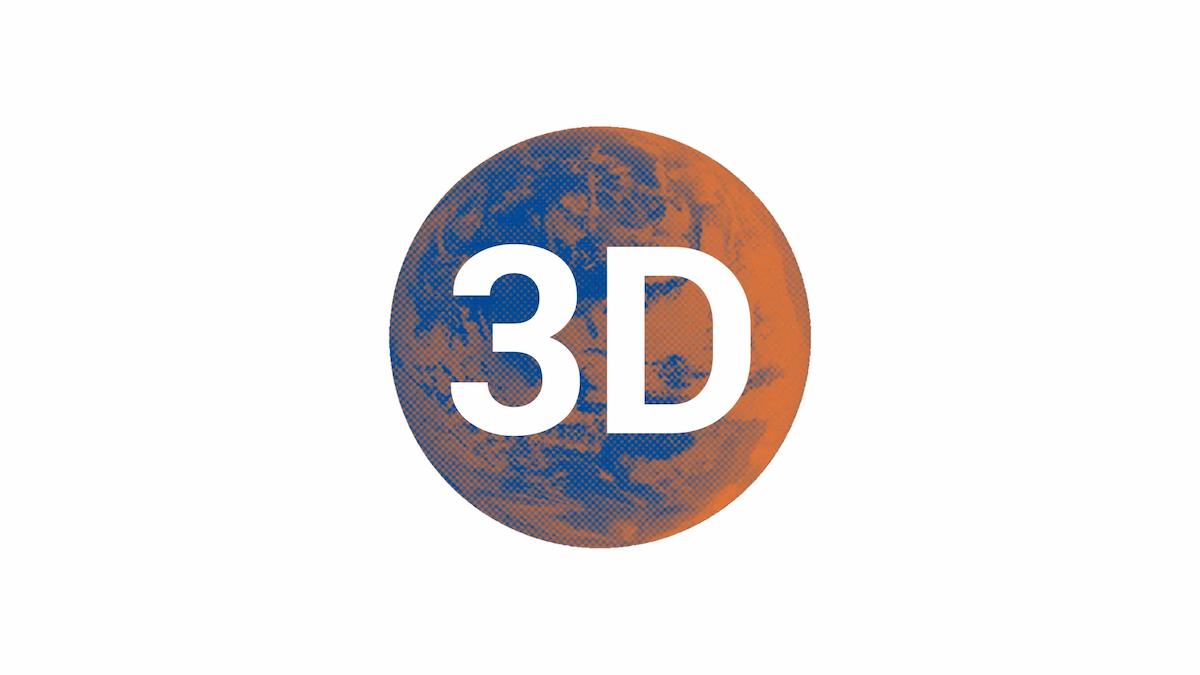The human desire to replicate physical objects and create 3D models has been around for thousands of years. It all started when the Ancient Egyptians made 3D plaster-casted replicas of mummies heads. As time has passed, we have all become accustomed to, even a bit indifferent to the vast array of 21st century technology and the technological terms that are buzzing us around these days. 3D Technology and terms such as Virtual Reality, Artificial Intelligence and the Smart Phone have become a part of our everyday vocabulary, making our lives easier, more productive and yes perhaps more complicated than ever.
In this upcoming series of articles we will work to dispel some of the myths around 3D technology and uses, explaining in detail the practical side of the 3D digital world. We will examine the scanners, the hardware and software that are the tools of the 3D imaging trade. We will take a look at a variety of scanning systems, examining their strengths and weaknesses and how they can apply to various applications. In the end, we want to shed some light so as to help you make you make informed decisions as to what type of hardware that would best suited to your particular project needs.
The scanners and the 3D images, however, is only a small part of the greater 3D landscape. The real excitement and power of 3D digital technology is how the data can be consumed and exercised. The applications are as limitless as your imagination allows, with a variety of industries including medical, advertising, defense, aerospace, manufacturing and many others who regularly use the highly accurate 3D data to produce detailed reports. These reports allow them to quickly analyze current systems, and design for their future. In time, we will take a closer look at some of these various industries and see how they specifically use and rely upon 3D technology.
The future is bright, get yourself some sunglasses. Or better yet, get some scanned and printed. Now you’re in the future.

